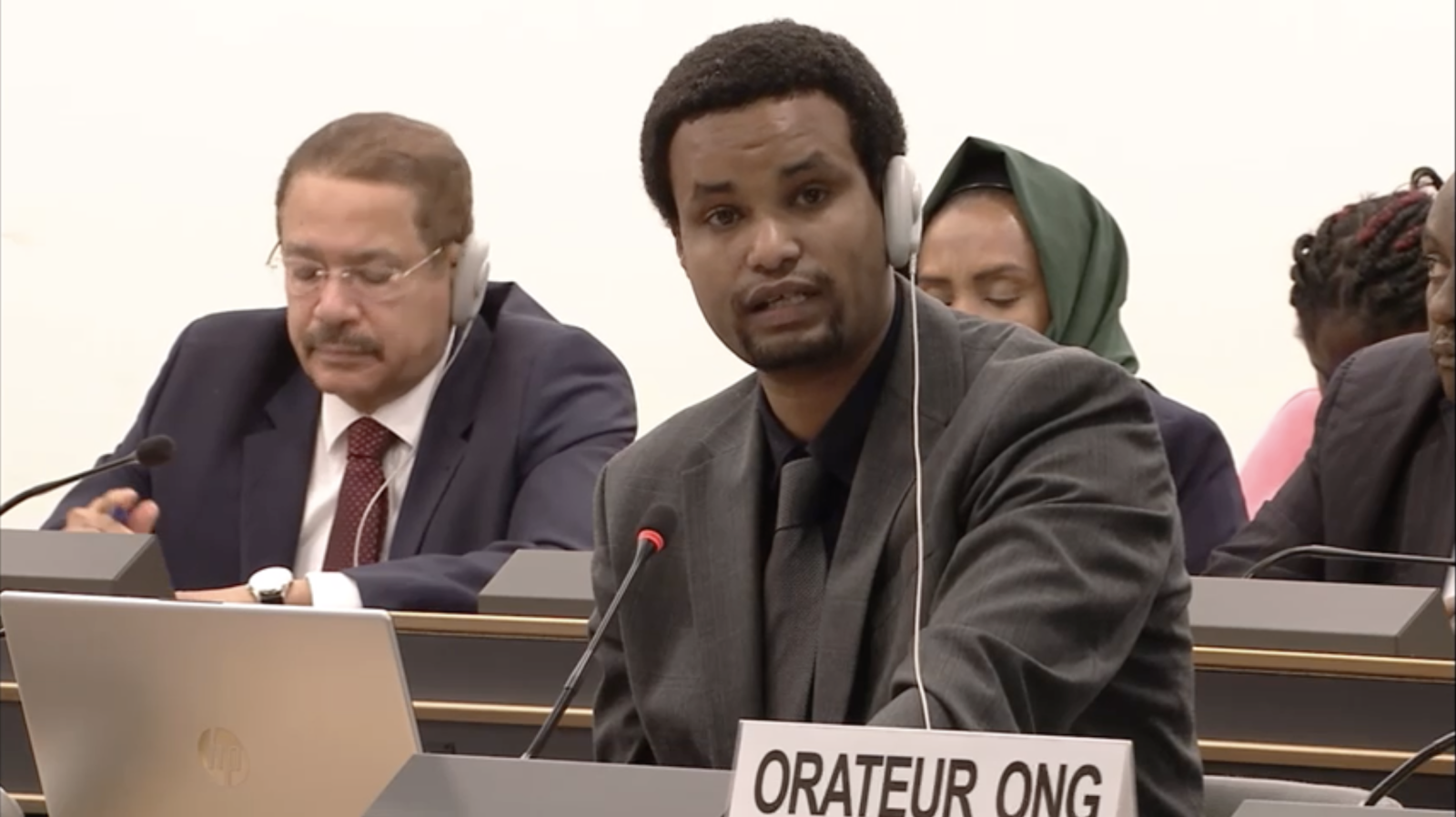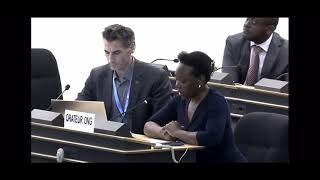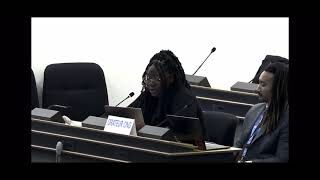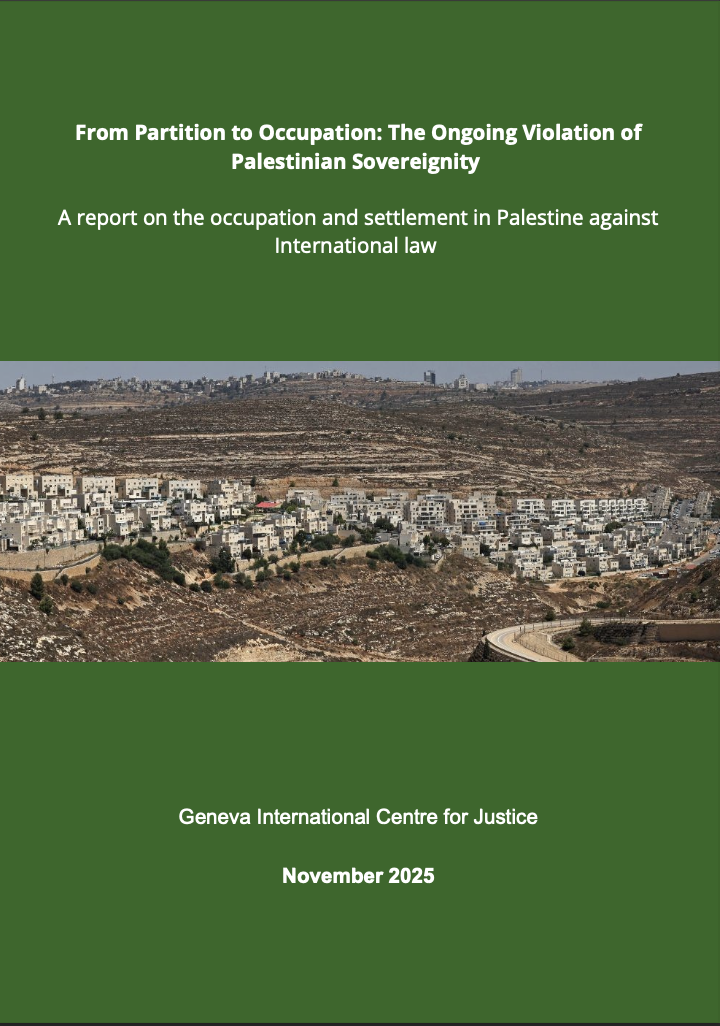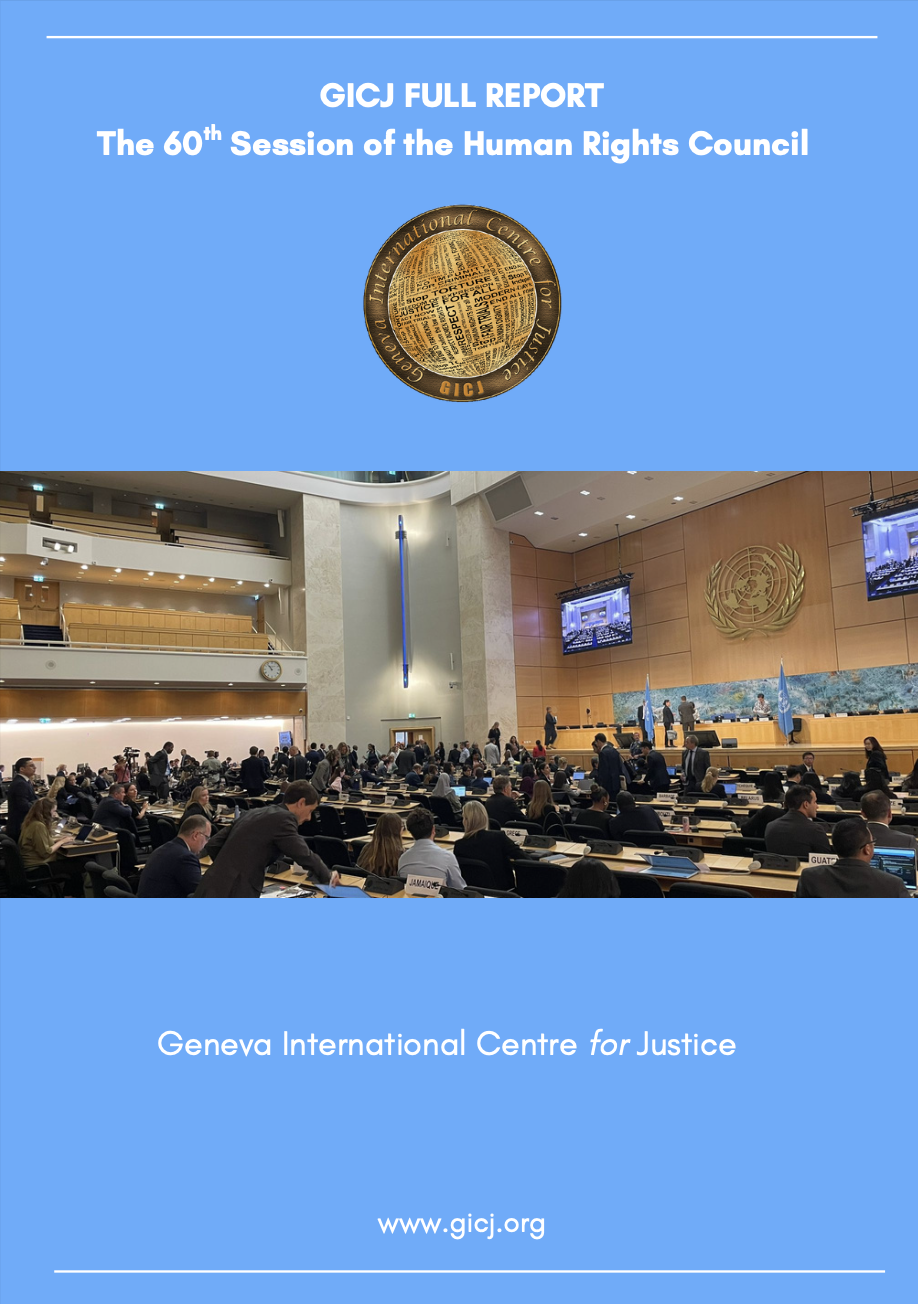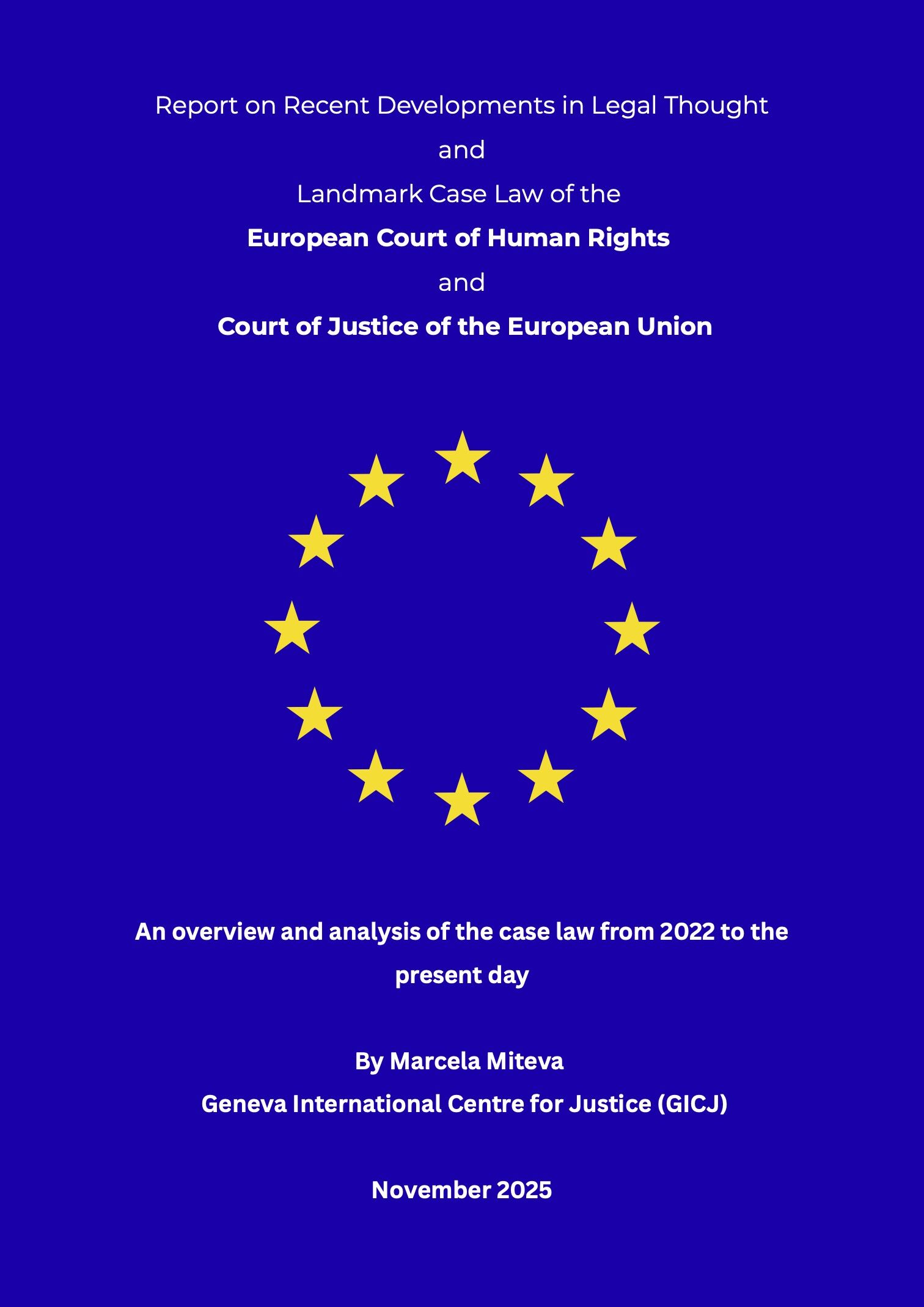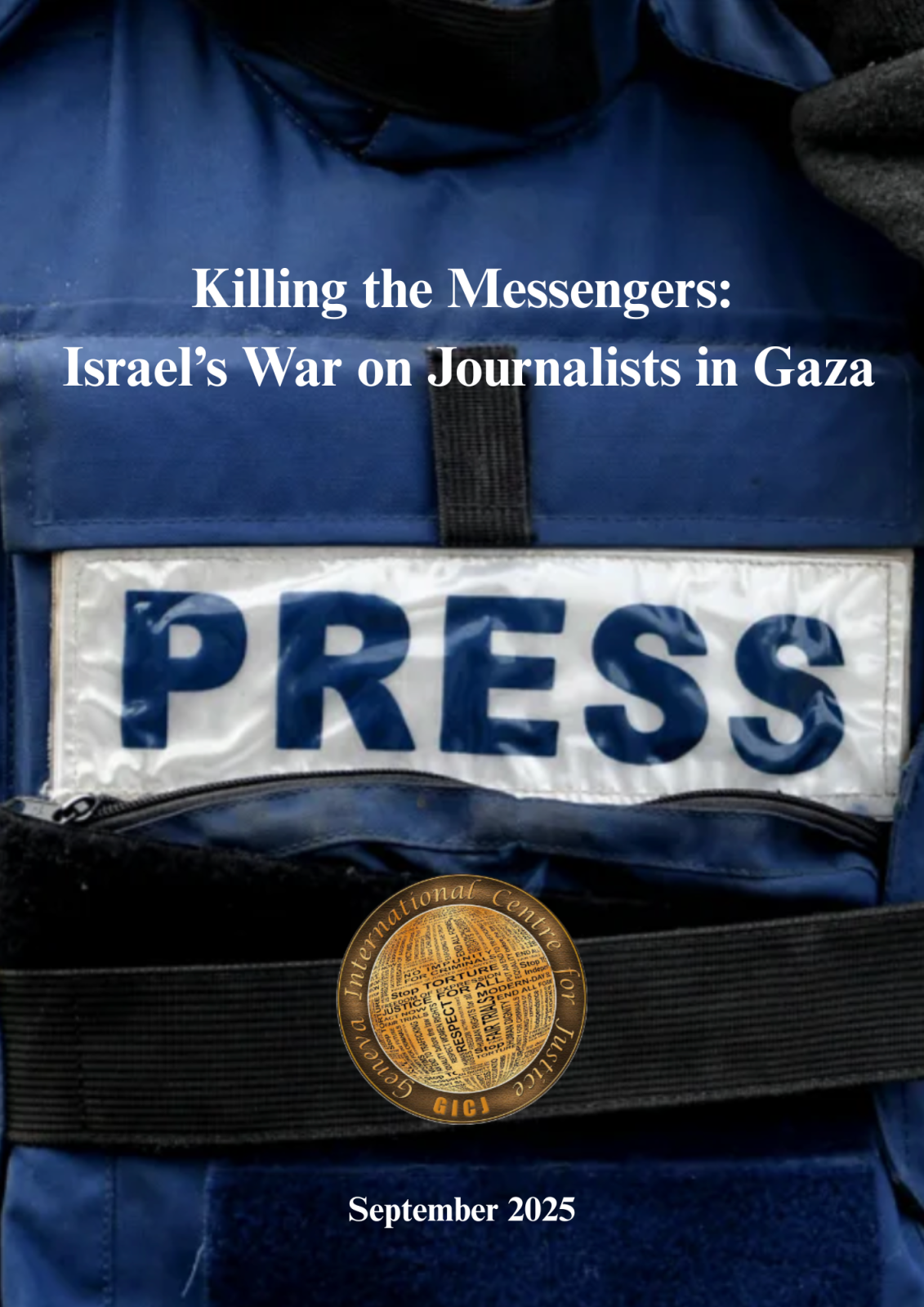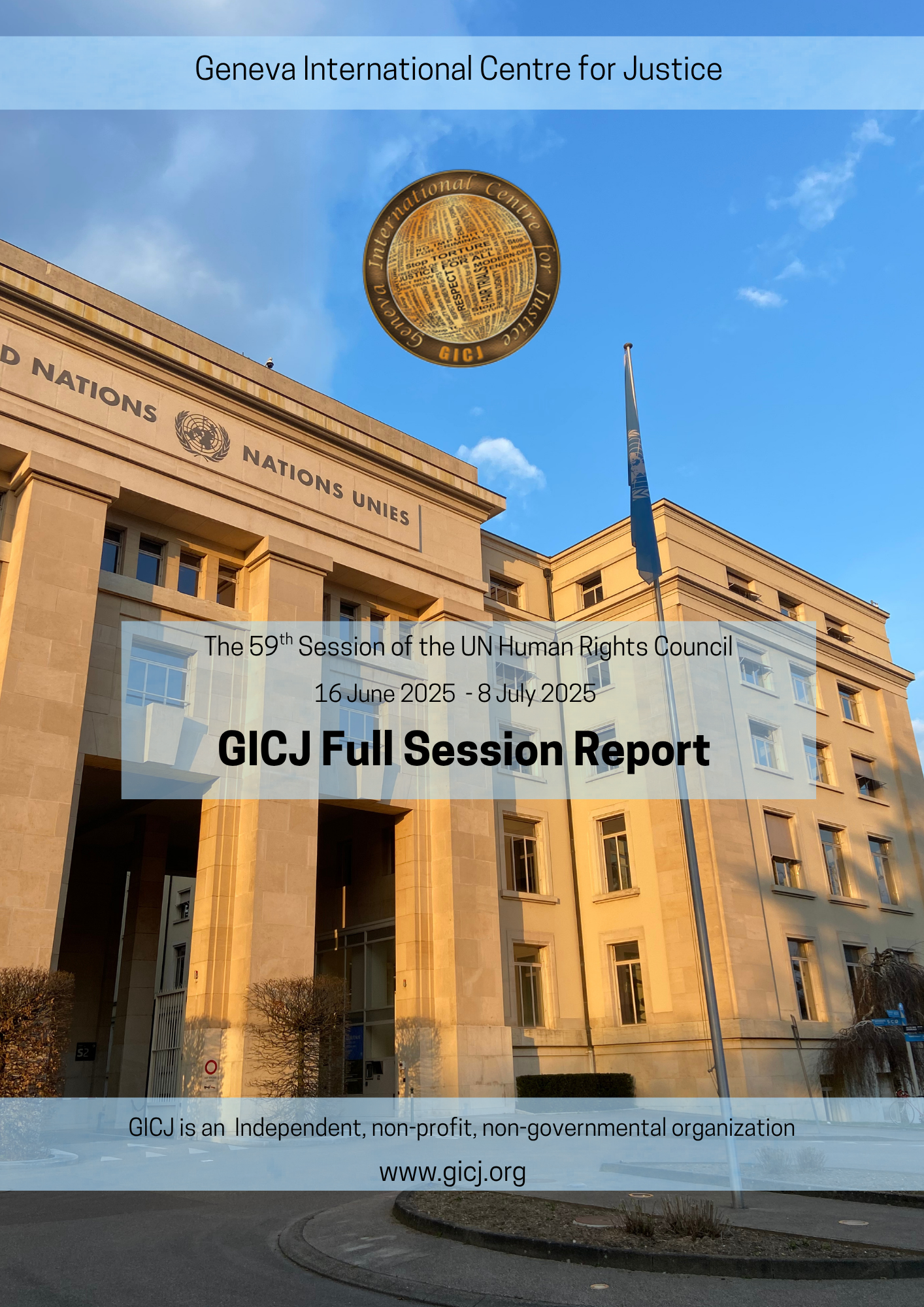By Juanita Beltran / GICJ
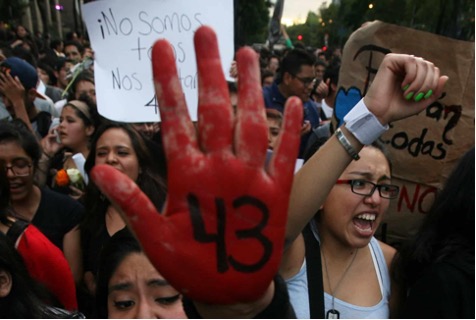
Executive summary
On the night of the 26th of September 2014, 43 students disappeared in Guerrero state in Mexico. This series of events has shaken the whole country, unravelling a wave of protests not only because of the denigrating acts committed against the students, but also because of the links of corruption between government institutions and drug cartels that cooperated during the office period of Enrique Pena Nieto. In 2018, the new office headed by President Andres Manuel Lopez Obrador established the Commission for Access to the Truth, Historical Clarification, and the Promotion of Justice for serious Human Rights Violations with a special unit dedicated to the case of Ayotzinapa. After four years of investigations, in August 2022, the Commission delivered a report with the findings on the case.
Geneva International Centre for Justice (GICJ) condemns the shocking series of events in Ayotzinapa. We urge the United Mexican States to bring justice to those responsible, in compliance with the recommendations made by the Committee on Enforced Disappearances (CED) during its last visit. GICJ encourages Mexico to continue its efforts to seek a truthful reconstruction of the events, advocating for a more just environment for all Mexicans.
Background
In Mexico, the Ministry of Public Education regulates the educational system. Within this system, there are different types of teaching according to the age of the student: basic education (preschool, elementary school, and secondary school) and upper middle school (high school) are the standard basic types of education. Afterward, the student can decide either to start an apprenticeship, university degree, or go to the "normal" schools, which are especially designed to educate teachers. The latter were created to particularly foster education in rural communities, close the illiteracy gaps, and even introduce new agricultural techniques. Unfortunately, normal schools have seen in recent years a gradual decrease in the budget from the government, which is the provider of resources to the schools. In 2013, protests organised by the normal schools started demanding more resources to cover the costs of the institutions and continue with normal education. In August 2014, the assembly of the "Federacion de Estudiantes Campesinos Socialistas de México" (Federation of Socialist Peasant Students of Mexico) decided to place the headquarters of the federation in the normal school in Ayotzinapa. It was already planned that students at the normal schools would drive from Ayotzinapa to Mexico City for the commemoration of the massacre in October 1968 – another tragedy where protesters were gunned down by government forces. On the night of the disappearance, the students followed traditional proceedings for this commemoration which consisted of commandeering buses, which the bus companies largely tolerated. Soon after, the police of Iguala and other gunmen detained the students in Guerrero, shot them, and the students then disappeared [1].
This case remains one of the largest human rights violations in the recent history of the country. Under the version of the former government of Enrique Pena Nieto (2012-2018) in 2014, it was declared that 43 students were kidnapped by drug cartels and incinerated in a trash dump in Cocula. This version was professed by Nieto as the "historic truth". However, a group of experts from the Inter-American Commission on Human Rights determined that it was not scientifically possible. For one, it would have taken more than 30 tons of wood, more than 13,000 tires, more than 13 tons of diesel, and 60 hours to burn to ashes 43 bodies [2]. Additionally, a fire of the magnitude required would have left visible damage in the vegetation nearby. However, no evidence thereof was found.
During the investigations, headed by former President Nieto, it was proved that 70% of the 80 detainees had traumatic injuries of varying intensity and location [3]. Evidence was found in a video leaked to the public showing a man with tied hands and eyes covered with plastic tape as he is interrogated by several men, identified by various organisations as government officials. This has caused the liberation of 70 suspects due to human rights violations within the investigative process, claiming that evidence against them was obtained using torture or illegally and therefore judges determined that there were no elements to condemn them since human rights were violated during the interview process [4].
The current government of Andrés Manuel López Obrador (2018-2022) promised the country to get to the bottom of this terrible occurrence. Therefore, he created the Commission for Access to the Truth, Historical Clarification, and the Promotion of Justice for Serious Human Rights Violations committed between 1965 and 1990 and a special unit responsible for investigating the Ayotzinapa. The Commission delivered on the 18th of August 2022, a report on which harrowing conclusions of the investigations so far were published. The Undersecretary for Human Rights, Population, and Migration of the Ministry of the Interior (Segob) and head of the Presidential Commission for Truth and Access to Justice in the Ayotzinapa case, Alejandro Encinas, underlined that the investigations are not over, but rather they will continue until the whole truth is found, and those responsible are prosecuted. Unlike the "historic truth", the report and the annexes presented are public, which guarantees the right and access to information with transparency, both for the mothers and fathers of the young people, as well as for Mexicans. This includes files proportioned by the attorney general's office of the republic, instant messages of key people in the case, as well as several testimonies from the survivors.
Report of the Commission for Access to the Truth, Historical Clarification, and the Promotion of Justice for Serious Human Rights Violations
On the 3rd of December 2018, the Commission for Access to the Truth, Historical Clarification and the Promotion of Justice for serious Human Rights Violations of the case Ayotzinapa (CoVAJ) was created by decree. The purpose of the Commission is to investigate the truth of the happenings, know the whereabouts of the students, and prosecute those responsible. The report consisted of a systematic collection process and analysis of the data from more than 41,168 documents consulted from 15 institutions in Mexico. On the 18th of August 2022, the presidency of this Commission delivered a report in which the latest findings are described, as well as conclusions drawn out of the evidence found.
In the conclusion of the report, it was confirmed that the disappearance of the 43 students at the school "Isidro Burgos" in Ayotzinapa on the night of the 26th to the 27th of September of 2014 constituted a crime of state in which the members of the organised crime group "Guerreros Unidos" and different agencies of the diverse institutions jointly participated. This group was identified as a mini cartel that emerged from the dissolution of the largest Mexican drug cartel and organised crime syndicate headed by the Beltrán Leyva brothers. According to the report "Guerreros Unidos" provided a high number of contract killers commanded from a central operation in cooperation with numerous municipal policemen and government officials [5].
The report unveiled that federal, state, and municipal authorities knew about the mobilisation of the students from their departure from the normal school until their disappearance, as well as the execution of the other six people. Also, the students intended at no time to boycott the commemoration that they planned to attend that night. It was also confirmed that at 10:45 pm on the 26th of September, the order was given to leave the students. Moreover, the soldier Julio César López Patolzin was an active informant within the normal school of the Secretary of National Defense of the Mexican government. His activities consisted of informing the happenings of the "normal school's" assemblies and following up close to the movements of students. He disappeared along with the students without any measures implemented to search for him and locate him, established by the "Protocol for Disappeared Military Personnel" [6]. All these findings confirm that the state was indeed a key player in the disappearance of the bodies, as well as in the reconstruction of a false truth to uncover these actions.
The Historic Truth
As mentioned above, the so-called historic truth was an attempt to reconstruct the timeline of the happenings in Ayotzinapa. This version of the events was the result of the actions of several actors leading to contradictions, argumentative fallacies, and legal loopholes. Among the most striking actions made in this version were the killings of key witnesses in the case, torture of detainees, the involvement of state agents or groups supported by the state, and denial, concealment, and manipulation of information and investigations by government authorities.
A key piece in the case is Tomás Zerón de Lucio, former head of the Criminal Investigation Agency. Leaving the country to live in Israel as a request for political asylum, Zerón has two arrest warrants for the crime of torture. One was enacted by the judge of control of the Centre of Penal Federal Justice back in 2020 and the other one was announced a year later in April 2021. Even the president of the Commission, Alejandro Encinas, went to Israel, where Zerón is residing, to interview him. Zerón denied the offer and was explicitly told to communicate with his lawyers [7].
According to the Agency of Criminal Investigation, Zerón ordered the modification of the crime scene in the San Juan River. He then proceeded to solicit protection from the state against the warrants that judge Luz María Ortega denied on the 19th of November 2022 [8]. The current government has asked the Israeli authorities several times to extradite Zerón.
Guacamaya Leaks
On the 29th of September 2022, a group of hackers called "Guacamayas" infiltrated the server of the Secretary of National Defense (Sedena) and extracted 6 terabytes of internal and external confidential information. In other words, more than 4 million confidential documents were extracted. This information unveiled military information gathered around the last decade with a high level of detail of the military operations and intelligence [9]. According to specialists, this information could provoke a collapse of the institutions due to corruption links and repression during the last 10 years.
Among the archives unveiled, hackers found how the Mexican government follows up close different media channels, journalists, activists, and defenders of human rights as well as civilians of interest. The documents revealed lists of journalists filtered as "in favour" and "against" the government. According to the journalist specialist in cyberattacks, Alberto Escorcia, the information the government gathers seems to be more of an intrusive nature than motivated by interests of national security [10]. For one, the leak reveals the fragility of the secretary of national defence in Mexico, as well as the different strategies the government uses to monitor several journalists and public figures in the country.
Regarding the links between the government authorities and criminal groups, there were twenty possible links between mayors of the Guerrero state with groups and leaders of drug cartels when the disappearance of the students happened.
What is Mexico doing so far?
In March 2002, the United Mexican States recognised as binding the competence of the Committee against Torture, established by article 17 of the Convention against Torture and Other Cruel, Inhuman or Degrading Treatment or Punishment, adopted by the United Nations General Assembly on the 10th of December 1984. Under article 22 of the Convention, the United Mexican States declares that it recognizes the competence of the Committee to receive and consider communications from or on behalf of individuals subject to its jurisdiction who claim to be victims of a violation by a state party of the provision of the Convention [11].
The United Mexican States signed the International Convention for the Protection of all Persons from Enforced Disappearance (CPED) and ratified it in 2008. Additionally, on October 2nd, 2020, under article 31 (1) of the International Convention for the Protection of All Persons from Enforced Disappearance, the United Mexican States declares that it recognises the competence of the Committee on Enforced Disappearance to receive and consider communications from or on behalf of individuals subject to its jurisdiction claiming to be victims of a violation of provisions of the Convention by the United Mexican States [12].
In the last report submitted on the 8th of April 2022, the Committee on Enforced Disappearances (CED) on its visit to Mexico provided several notes on the phenomenon of disappearances. According to the information delivered, between 2006 and 2021 there was a rise in the number of disappearances in the country, with more than 98 percent occurring during this period. As of the 26th of November 2021, 95,121 persons had been registered as disappeared of whom 112 reportedly disappeared during the Committee’s visit. It was shown that there was a close correlation between the so-called "war on drug trafficking" and the number of disappearances. Nonetheless, the report indicates that disappearances are often reported between one and two years after being perpetrated. This causes a reduction in the percentage of cases that are brought before the court. According to the information provided, between 2% and 6% of the cases went before the court and only 36 judgments were issued. Another factor affecting impunity is the attitude of indifference of judicial institutions facing disappearances. Therefore, victims no longer report cases showing a lack of confidence in these institutions. The Committee reported that acts of enforced disappearance continue to be committed directly by public officials at the federal, state, and municipal levels. Additionally, persons involved in organised crime with varying degrees of participation, consent, or omission on the part of public officials, have become some of the main perpetrators of disappearances.
Among the recommendations made, the report highlighted the urgent need to implement a national policy to prevent and eradicate disappearances by strengthening institutions, searches, and investigations, ensuring systematic and effective coordination of institutions, removing obstacles preventing cases of enforced disappearance from being brought before the courts, addressing disappearances occurring in the context of migration, facilitating the search, investigation, reparation and memory efforts related to long-standing cases, and lastly recognizing the role of the victims. The Committee outlined minimum requirements for the effective implementation of public policy to prevent and eradicate disappearances. For instance, recognise the different forms of responsibility of the state party in cases of disappearance by putting an end to practices that hinder access to justice and perpetuate enforced disappearance within the state institutions, abandon Mexico´s militarised approach regarding public security following international human rights principles and ensure that security institutions are civilian in nature, and develop comprehensive training programs on coordinated in-service training and ensures the appropriation of national and international frameworks of institutions, case law, and regulations related to disappearance and the fight against impunity [13]..
Geneva International Centre for Justice (GICJ) condemns the devastating actions against the 43 students in Ayotzinapa and urges the Mexican government to continue with the investigations until justice is reached. We stress the importance of the fight against corruption at all national levels, emphasising the disastrous consequences it can have. GICJ encourages the United Mexican States to follow the detailed recommendations of the Committee on Enforced Disappearances on its visit to Mexico under article 33 of the Convention.
Mexico, Ayotzinapa Case, students, disappearance, corruption, drug cartel, human rights, protection, safety, Geneva, Justice, Geneva4justice, GICJ, Geneva International Centre for Justice
(1) Luis Hernández Navarro. (2015). Ayotzinapa: el dolor y la esperanza. El Cotidiano, 189, 7–17.
(2) Caso Ayotzinapa e informe del GIEI: Implicaciones y perspectivas. (2015). Fundación Desarrollo Humano Sustentable, 3. https://fdhs.org.mx/wp-content/uploads/2017/06/Caso-Ayotzinapa.pdf
(3) GobernaciÃ3n, S. de. (n.d.). Rinde informe presidencia de la ComisiÃ3n para la Verdad y Acceso a la Justicia en el caso Ayotzinapa. gob.mx. https://www.gob.mx/segob/prensa/rinde-informe-presidencia-de-la-comision-para-la-verdad-y-acceso-a-la-justicia-en-el-caso-ayotzinapa-311822
(4) (2022, April 4). En secreto, Encinas visita a Zerón en Israel. El Universal. https://www.eluniversal.com.mx/opinion/carlos-loret-de-mola/en-secreto-encinas-visita-zeron-en-israel
(5) Espino, M. (2022, November 19). Jueza niega amparo a Tomás Zerón contra orden de captura por caso Ayotzinapa. El Universal. https://www.eluniversal.com.mx/nacion/caso-ayotzinapa-jueza-niega-amparo-tomas-zeron-contra-orden-de-captura
(6) BBC News Mundo. (2022, October 7). Guacamaya Leaks: 5 revelaciones del hackeo masivo que sufrió el ejército de México. https://www.bbc.com/mundo/noticias-america-latina-63167331
(7) OHCHR. (n.d.). International Convention for the Protection of All Persons from Enforced Disappearance. https://www.ohchr.org/en/instruments-mechanisms/instruments/international-convention-protection-all-persons-enforced
(8) Report of the Committee on Enforced Disapperances on its visit to Mexico under article 33 of the Convention – International Convention for the Protection of All Persons from Enforced Disapperance. CED/C/MEX/VR/1
Image Source: Washington Office on Latin America (WOLA). (2017, November 9). Ficha de datos del caso Ayotzinapa: Investigando la desaparición forzada de 43 estudiantes en México. WOLA. https://www.wola.org/es/analisis/ficha-de-datos-del-caso-ayotzinapa-investigando-la-desaparicion-forzada-de-43-estudiantes-en-mexico/




